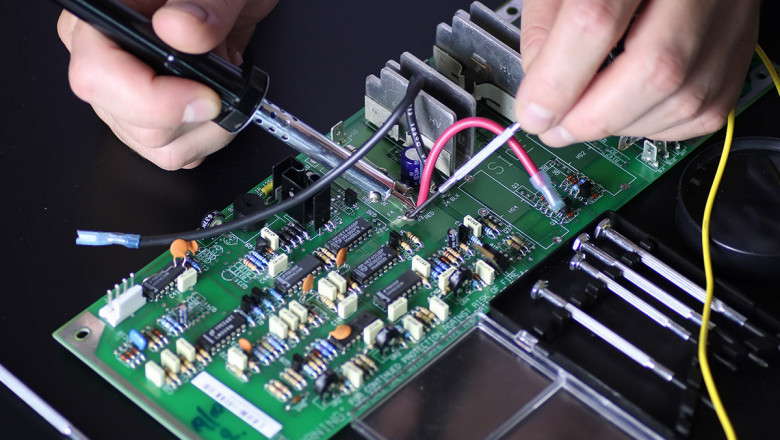views
This article examines how specific testing protocols help improve quality control in electro mechanical system assembly, ensuring that assemblies meet high standards of reliability, safety, and performance.
The Importance of Quality Control
Electro-mechanical system assembly involves integrating electrical components, such as printed circuit boards (PCBs), with mechanical parts like enclosures, connectors, or motors. The interconnected nature of these components means that a defect in one part could affect the entire system. Quality control is vital to prevent problems like electrical shorts, mechanical malfunctions, or alignment issues.
Neglecting quality control in electro mechanical assembly can lead to serious consequences. For instance, a failure in a critical system, such as an aircraft's flight control system or a hospital's heart monitoring device, could have catastrophic results, including system malfunctions, endangering lives and causing significant operational downtime. Also, poor-quality assemblies can result in increased production costs due to rework or replacement and damaged customer relationships. Effective testing protocols are the backbone of quality control, enabling manufacturers to catch defects early and ensure that their products meet industry standards.
Types of Testing Protocols in Electro-Mechanical Assembly
Different types of testing protocols can be used to assess the functionality and durability of electro-mechanical integration. Here are some of the most common ones:
Functional Testing
Functional testing verifies that all components in the assembly, both electrical and mechanical, are operating as intended. This type of testing checks for the proper interaction between systems, ensuring that motors turn when they should, signals are transmitted correctly, and mechanical parts move without obstruction. Functional testing is one of the most straightforward methods to ensure the basic operation of the assembly before it leaves the production line.
Environmental Stress Testing (ESS)
Environmental Stress Testing (ESS) simulates harsh environmental conditions such as extreme temperatures, humidity, and vibrations to determine how the assembly will perform under real-world conditions. This testing is useful in industries like aerospace and automotive, where assemblies must withstand extreme conditions. ESS ensures that the assembly won’t fail prematurely due to environmental factors, increasing product durability and customer confidence.
In-Circuit Testing (ICT)
ICT is an essential part of quality control for any electronic assembly manufacturer. It involves probing the PCBs in an assembly to check for manufacturing defects such as shorts, opens, or incorrect component placement. ICT helps catch errors early in the production process, saving time and money on repairs or recalls.
Mechanical Integrity Testing
While the electrical components in electro-mechanical assemblies are important, the mechanical aspects must also be tested for robustness. Mechanical integrity testing can include torque tests, drop tests, and other procedures to ensure that parts like enclosures, connectors, and fasteners can withstand the forces they’ll encounter in the field. This testing ensures that the assembly can handle physical stress without breaking or coming apart.
The Role of Automated Testing in Electro-Mechanical Assemblies
Below is how automation helps improve the efficiency and effectiveness of testing protocols.
Automated Optical Inspection (AOI)
Automated Optical Inspection (AOI) is useful for electronic assembly manufacturers. AOI systems use cameras and sensors to scan assemblies for visual defects, such as poor solder joints or misaligned components. The automated nature of this testing ensures faster issue detection and reduces the chances of human error during manual inspection.
Functional Automated Testing
Automated functional testing systems simulate real-world operational scenarios for an assembly. These systems can perform complex tests faster and more consistently than human operators, ensuring that each product is tested under the same conditions. This type of testing is invaluable for assemblies that need to meet strict performance standards, such as medical or automotive devices.
Flying Probe Testing
Flying Probe Testing is a specialized method for testing PCBs in electro-mechanical assemblies. This method uses probes to test individual circuit paths without needing a custom fixture. Flying probe testers can be adapted for various assemblies, offering a flexible and cost-effective solution for testing intricate designs.
Conclusion
Testing protocols ensure quality control in electro-mechanical assemblies by detecting defects early and ensuring regulatory compliance. This leads to reliable, durable products and long-term cost savings, making it a wise investment for any electronic assembly manufacturer.






















Comments
0 comment